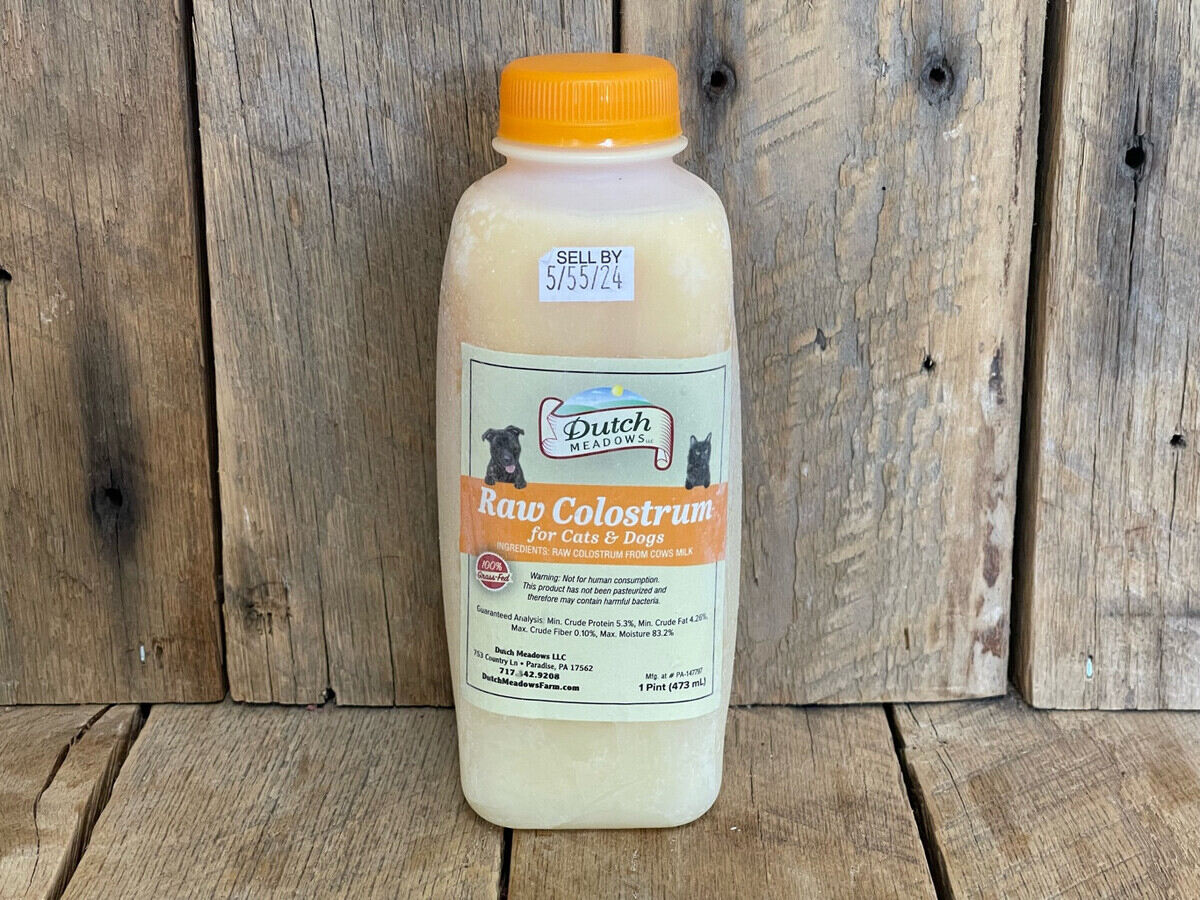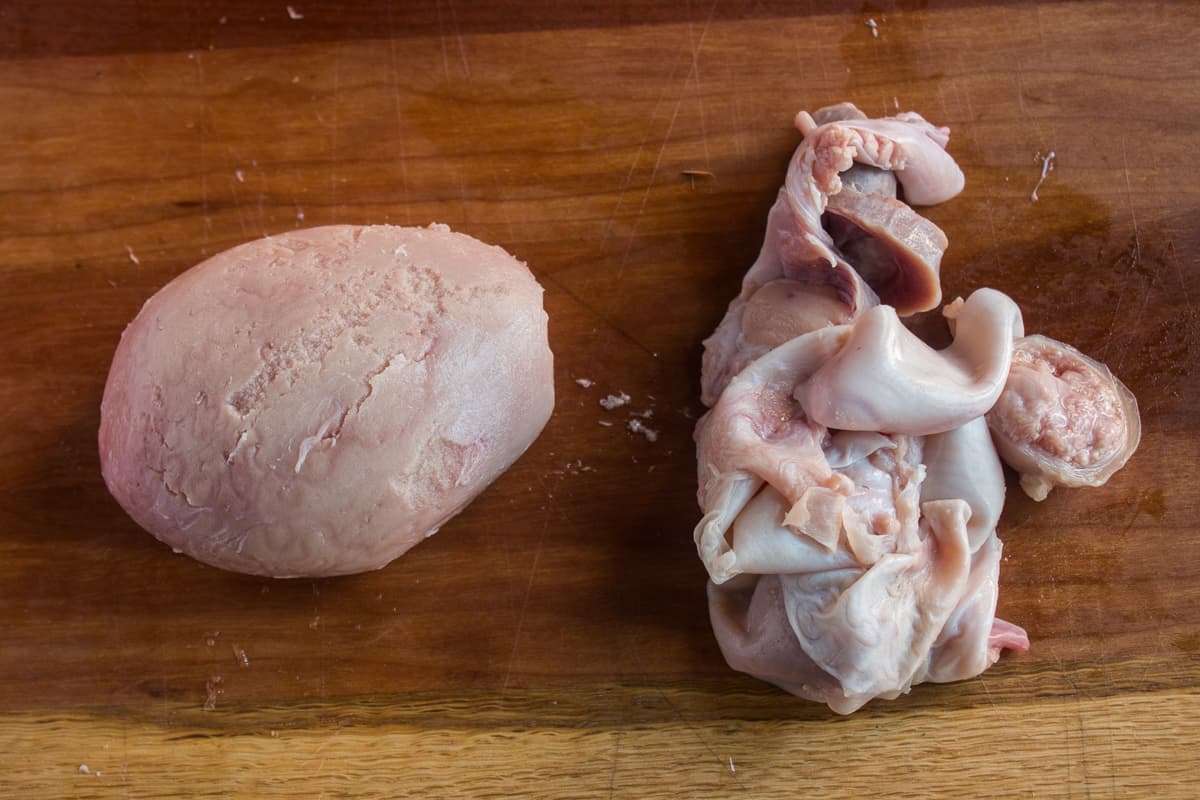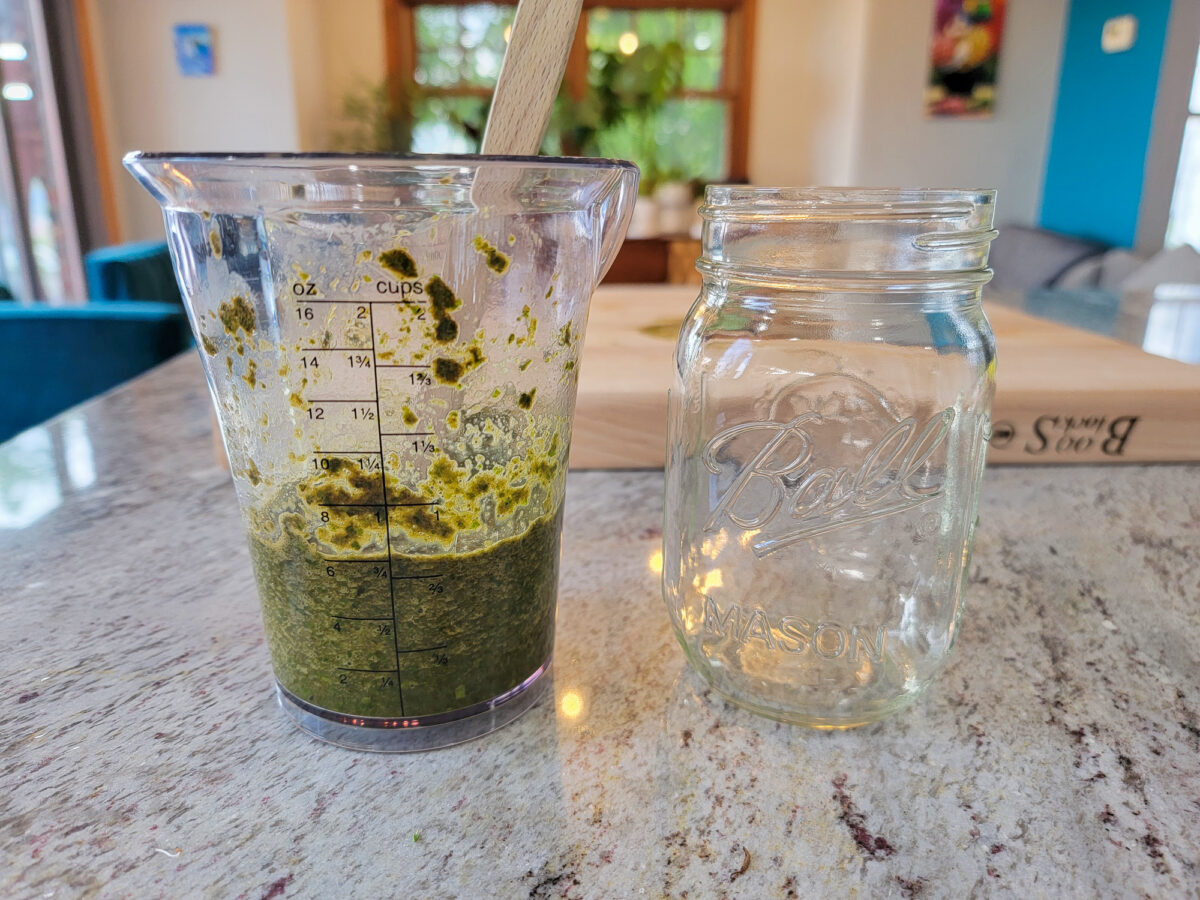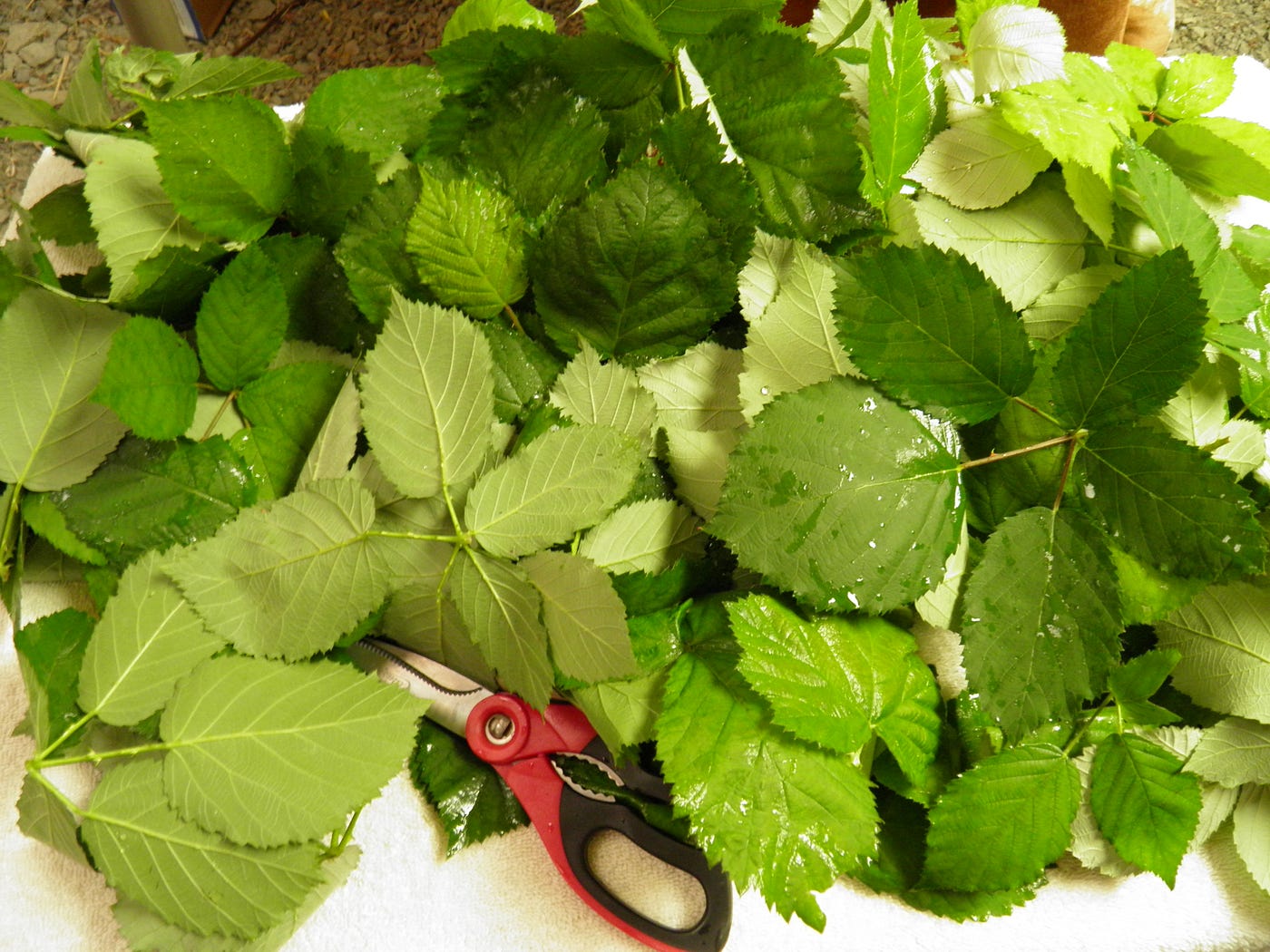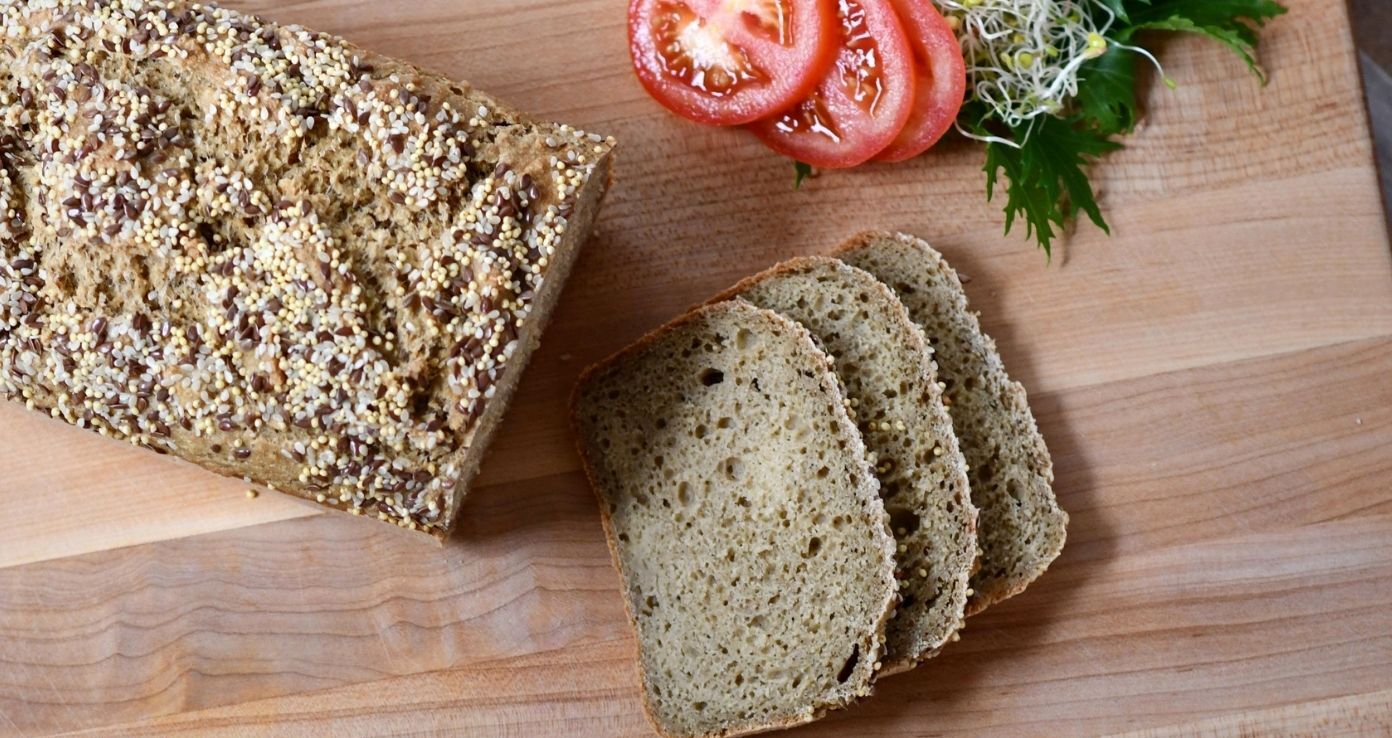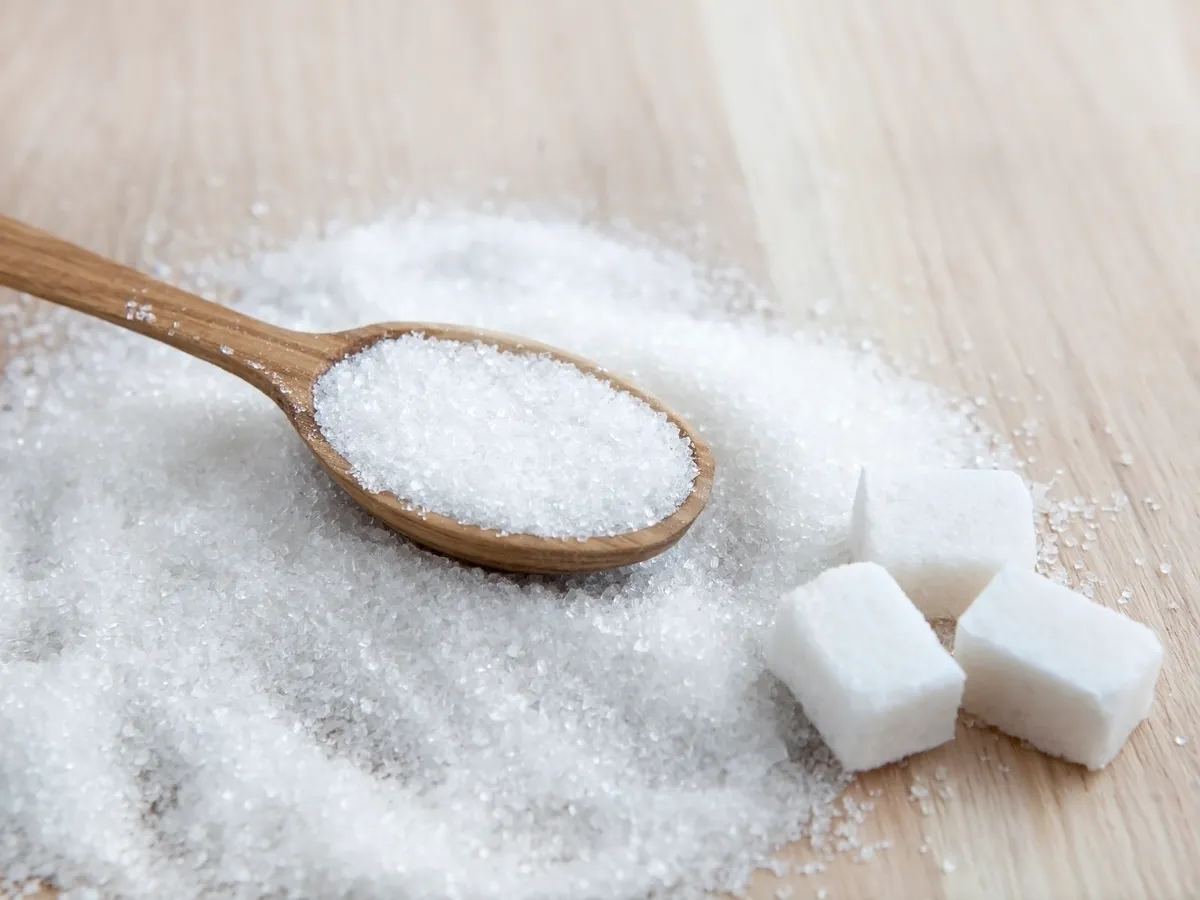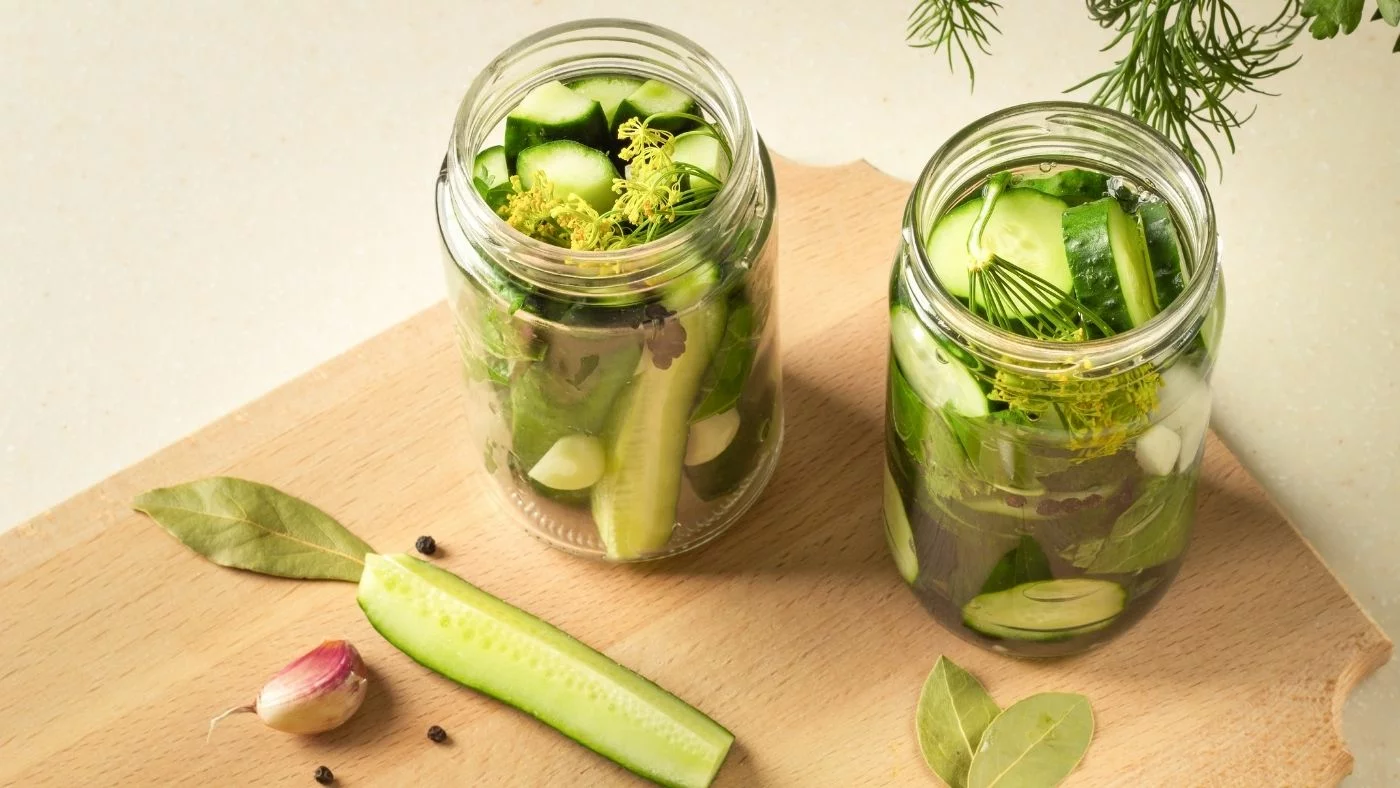Discover the Art of Fermenting Food with Heat
Welcome to the wonderful world of fermenting food with heat! Fermentation is a natural process that has been used for centuries to preserve and enhance the flavor of various foods. By harnessing the power of heat, you can take your fermentation skills to the next level and create delicious, probiotic-rich foods that will tantalize your taste buds. In this guide, we will explore the ins and outs of fermenting food with heat, so you can become a master fermenter in no time.
Understanding the Basics of Heat Fermentation
Heat fermentation, also known as thermophilic fermentation, involves using heat to kickstart the fermentation process. This method is particularly useful for fermenting foods that require higher temperatures to thrive, such as certain types of vegetables and dairy products. By maintaining a consistent level of heat, you can create the perfect environment for beneficial bacteria to flourish, resulting in tangy, flavorful ferments.
Choosing the Right Ingredients
When it comes to fermenting food with heat, selecting the right ingredients is crucial. Opt for fresh, high-quality produce and dairy to ensure the best possible results. Some popular choices for heat fermentation include:
- Cabbage for making kimchi
- Carrots and radishes for spicy ferments
- Milk for crafting creamy yogurt
- Soybeans for preparing tempeh
Experiment with different combinations of ingredients to discover unique flavor profiles that suit your palate.
Mastering the Fermentation Process
Now that you have your ingredients ready, it’s time to dive into the fermentation process. Here’s a step-by-step guide to fermenting food with heat:
- Prepare your ingredients by chopping, grating, or blending them as needed.
- Place the ingredients in a clean, sterilized fermentation vessel, ensuring that they are packed tightly to eliminate air pockets.
- Prepare a brine or starter culture to kickstart the fermentation process.
- Seal the vessel and place it in a warm, consistent environment, such as an oven with the light on or a specialized fermentation chamber.
- Monitor the fermentation process, checking for any signs of mold or spoilage, and adjust the temperature as needed.
- Once the fermentation is complete, transfer the fermented food to the refrigerator to slow down the process and enhance the flavors.
Enjoying the Fruits of Your Labor
After patiently waiting for the fermentation process to work its magic, it’s time to savor the delicious results. Whether you’re indulging in a tangy batch of sauerkraut or savoring a spoonful of velvety yogurt, the satisfaction of enjoying your homemade ferments is truly unparalleled. Not only do these foods taste amazing, but they also provide a host of health benefits, thanks to their probiotic content.
Exploring the World of Heat Fermentation
As you continue to hone your skills in fermenting food with heat, don’t be afraid to get creative and experiment with new recipes and techniques. With a bit of practice and a whole lot of passion, you’ll soon become a heat fermentation aficionado, delighting friends and family with your delectable creations. So, roll up your sleeves, gather your ingredients, and let the heat fermentation journey begin!
Remember, the key to successful heat fermentation lies in patience, precision, and a willingness to embrace the transformative power of heat. With these essential ingredients in hand, you’re well on your way to becoming a heat fermentation maestro. Happy fermenting!
Was this page helpful?
Read Next: How To Ferment Fruit And Vegetables

